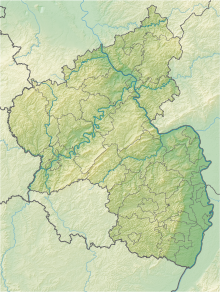
Summary
| Siege of Frankenthal | |||||||
|---|---|---|---|---|---|---|---|
| Part of the Palatinate phase of the Thirty Years' War | |||||||
 1625 engraving of the siege | |||||||
| |||||||
| Belligerents | |||||||
|
|
| ||||||
| Commanders and leaders | |||||||
|
|
| ||||||
 class=notpageimage| Location within Rhineland-Palatinate Siege of Frankenthal (Germany) | |||||||
The siege of Frankenthal was a siege of the Palatinate campaign during the Thirty Years' War. A Spanish army under Gonzalo Fernández de Córdoba besieged the Palatinate fortified city of Frankenthal and its mostly English garrison commanded by John Burroughs. The siege lasted from 1621 to March 20, 1623, when King James I ordered the city to surrender.[2]
Background edit
In the early seventeenth century, the city's fortifications were upgraded by Frederick IV, Elector Palatine in preparation for war. Frederick also refortified Heidelberg and created the fortress-city of Mannheim.[3] Frankenthal had an important strategic role within the Electorate of the Palatinate.
On May 23, 1618, the Kingdom of Bohemia rose in revolt against Ferdinand II, Holy Roman Emperor and offered the crown to Frederick V, Elector Palatine, who, by accepting the Bohemian offer, brought the Electorate of the Palatinate into the war, thus broadening the conflict.


